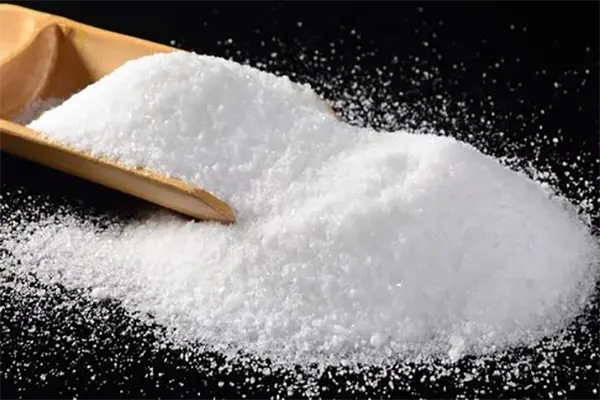Phosphate de monoammonium (PDA) is a fundamental compound used in various industries, including agriculture, food processing, and water treatment. Understanding the production and preparation process of PDA can shed light on its applications and significance in different fields.
Phosphate de monoammonium, also known as monoammonium phosphate (MAP), is a compound formed by the reaction between ammonia and phosphoric acid. It has the chemical formula NH4H2PO4 and is widely recognized for its versatility and effectiveness in various applications.
The Production Process of Phosphate De Monoammonium (PDA)
- Preparation of Phosphoric Acid: The production of PDA begins with the preparation of phosphoric acid. This acid is typically derived from phosphate rock through a chemical process known as wet process or thermal process. The phosphate rock undergoes treatment with sulfuric acid, resulting in the formation of phosphoric acid.
- Introduction of Ammonia: Once the phosphoric acid is obtained, it is then combined with anhydrous ammonia gas. The ammonia is introduced into a reactor vessel where it reacts with the phosphoric acid under controlled conditions. This reaction forms monoammonium phosphate (MAP), the precursor to PDA.
- Crystallization and Drying: After the reaction between ammonia and phosphoric acid, the resulting MAP solution is subjected to a crystallization process. This involves cooling the solution to allow the formation of solid crystals of monoammonium phosphate. The crystals are then separated from the remaining liquid through filtration or centrifugation. The separated crystals are washed to remove impurities and dried to obtain the final product, phosphate de monoammonium (PDA).
Applications of Phosphate De Monoammonium (PDA)
- Agriculture and Fertilizers: Phosphate de monoammonium (PDA) is widely used as a fertilizer due to its high phosphorus content. It provides essential nutrients to plants, promoting healthy growth, root development, and improved crop yield. PDA is especially beneficial for crops that require a quick release of phosphorus during their early growth stages.
- Food Processing: PDA is a common ingredient in the food industry, where it is used as a leavening agent in baking. It helps dough rise by releasing carbon dioxide gas when exposed to heat. PDA contributes to the texture, volume, and overall quality of baked goods such as bread, cakes, and pastries.
- Water Treatment: Phosphate de monoammonium (PDA) plays a vital role in water treatment processes, particularly in controlling scale and corrosion in boilers and cooling systems. It helps inhibit the formation of scale deposits and prevents the corrosion of metal surfaces. PDA is also used in wastewater treatment to remove heavy metals by forming insoluble precipitates.
Conclusion
Phosphate de monoammonium (PDA) is a versatile compound with significant applications in agriculture, food processing, and water treatment. Understanding the production and preparation process of PDA provides insights into its importance and effectiveness in various industries. From the initial preparation of phosphoric acid to the introduction of ammonia and the subsequent crystallization and drying, each step contributes to the creation of the final product, phosphate de monoammonium. With its role as a fertilizer, leavening agent, and water treatment component, PDA continues to contribute to the growth and well-being of multiple sectors.
Post time: Apr-01-2024











